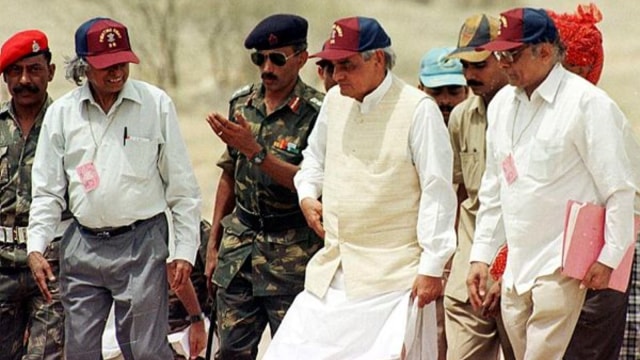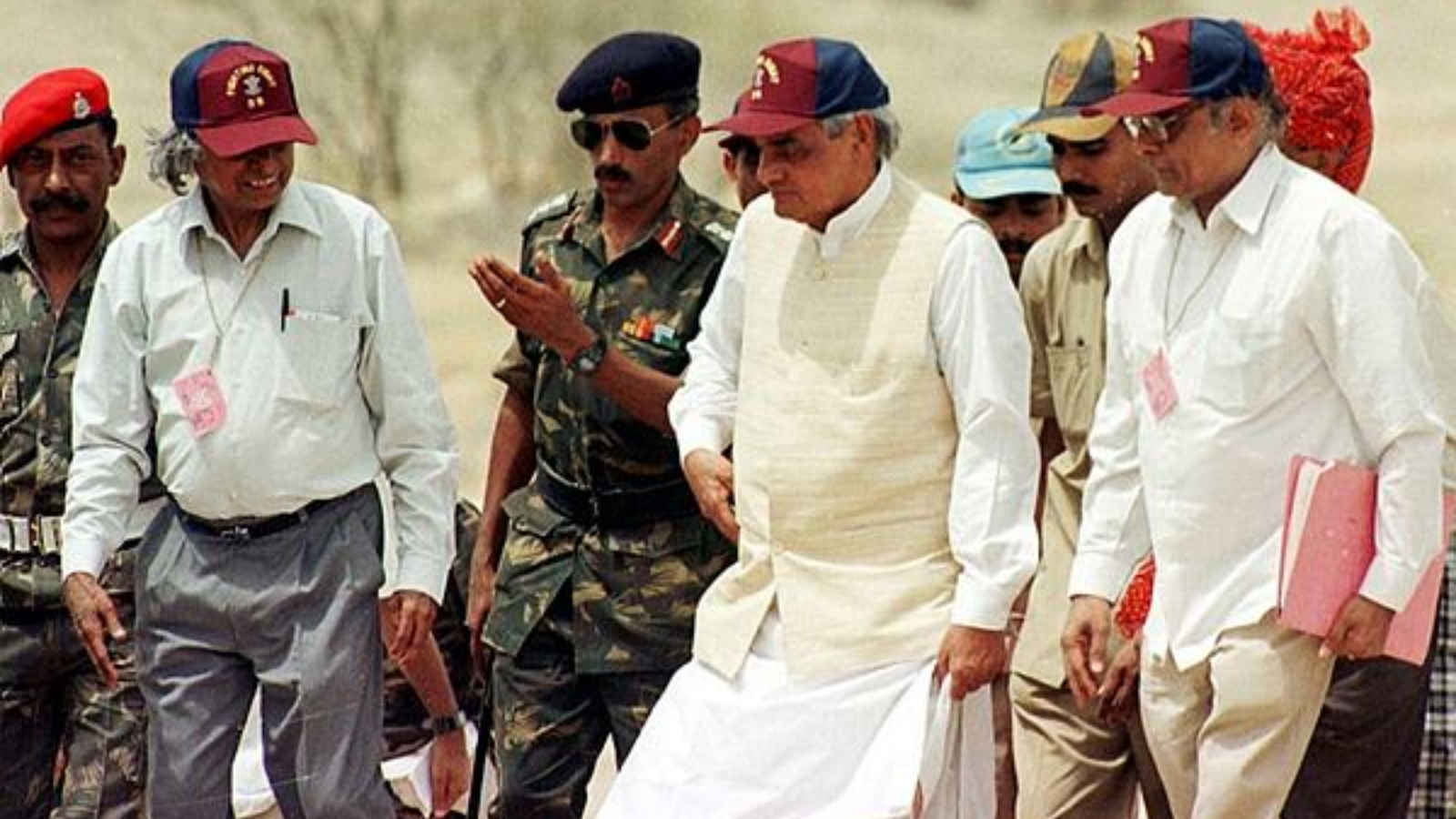
Within 15 months of its nuclear tests – Pokhran II — India was ready with a draft nuclear doctrine. On August 17, 1999, K Subrahmanyam, convenor of the first National Security Advisory Board (NSAB), a subsidiary body of the National Security Council, presented the document to Brajesh Mishra, the country’s first National Security Advisor. The document was made public so that the doctrine would, as then Prime Minister Vajpayee stressed, “be properly studied before it attains finality”. The draft doctrine did not receive the official stamp. However, the principles mentioned in it were reproduced in a press note that the government released after the doctrine was operationalised in 2003.
The draft nuclear doctrine transparently presented India’s conceptualisation of its role as a nuclear weapons state. It unambiguously declared a political role for nuclear weapons, directed the building of credible deterrence at the minimum level, and for a retaliation-only policy. These principles reflected sobriety and restraint and have since directed the structure of India’s nuclear force and its posture.
50 years of Pokhran-I: Why India conducted its first nuclear tests | ALSO READ
However, these principles were conceived 25 years ago. Has not the nuclear threat landscape changed since then? Closer home, Pakistan routinely resorts to shrilly projections of its “full spectrum deterrence” for first use. China appears to be undertaking an unprecedented expansion of its nuclear numbers and capabilities. Do these changes necessitate a revision of the guidelines adopted a quarter century ago?
Pakistan’s use of cross-border terror and China’s increasingly aggressive behaviour are certainly the two topmost security threats India faces. There is also the additional fear of the two countries coming together against India. Can India’s arsenal deter two nuclear-armed adversaries without a substantive accretion? Should India stick with the doctrine of credible minimum deterrence?
While India has abjured large-scale accumulation of nuclear warheads or the need to match those of the adversary, the draft doctrine does mandate a nuclear force that would be “effective, enduring, diverse, flexible and responsive”. Therefore, the numbers are a dynamic entity related to the strategic environment. India’s arsenal is growing at a measured pace every year and there is no need for panic on this front since nuclear deterrence is not a numbers game.
Some other technological developments merit greater attention instead. These include the adversary’s technological advances towards highly accurate conventional delivery systems, the ability to mount cyber attacks on nuclear command and control, the use of AI to neutralise retaliatory capability, and improved intelligence surveillance and reconnaissance (ISR) capability that could make India’s nuclear forces more vulnerable to first strike. These developments demand a focus on the survivability of the country’s nuclear forces. They do necessitate changes in numbers and command and control structures. However, such capability build-up does not require a change in the nuclear doctrine.
A second doctrinal attribute that often causes debate is no-first-use. This is instinctively dubbed as a reactive strategy that cedes initiative to the adversary. Pakistan’s and China’s disruptive behaviour is considered by some as being encouraged by India’s lack of a “hard-nosed hawkish” first-use strategy.
This argument, however, does not stand scrutiny. A first-use strategy needs to be supported with a credible striking capability that would obviate, or significantly minimise, retaliation. This, in turn, is contingent on a sophisticated arsenal of highly accurate nuclear delivery systems in large numbers, with good ISR that can locate and target the adversary’s nuclear forces. An effective BMD will also be required. None of this will come easy or cheap. A credible first strike is not only difficult to build, but it will yield little by way of meaningful results against an adversary who has a robust second-strike capability.
Some argue that we should dispense with NFU but not declare first use, thereby staying ambiguous. Such a strategy would only heighten the adversary’s sense of insecurity about losing its nuclear arsenal to a possible first use. The fear of an imminent nuclear strike and the pressure to “use or lose” could tempt the adversary to use its nuclear force first. Ambiguity would increase room for misperception and prove costly in conflict.
The draft doctrine has also been criticised for omitting deterrence through the threat of the use of tactical nuclear weapons. Given their purported ability to achieve limited destruction, nuclear weapons are believed to be able to deter better. But the idea of limited destruction and escalation control are mere assumptions. Given the nature of a nuclear weapon, can there be anything tactical about its use? In fact, even a planned tactical nuclear weapon use could result in a completely unstable situation since the response from the adversary can never be predicted.
The basic attributes of the doctrine as presented in the draft 25 years ago, therefore, remain valid in the face of contemporary nuclear trends. India’s nuclear doctrine, in fact, stands out for being a beacon of nuclear stability, even as others are indulging in behaviour that encourages a cycle of hedging strategies and an arms race. The calmness of India’s doctrine is a virtue amidst today’s nuclear cacophony.
-The writer is Distinguished Fellow, Centre for Air Power Studies



